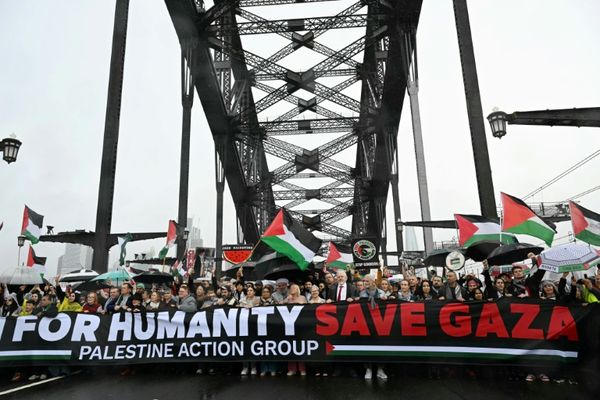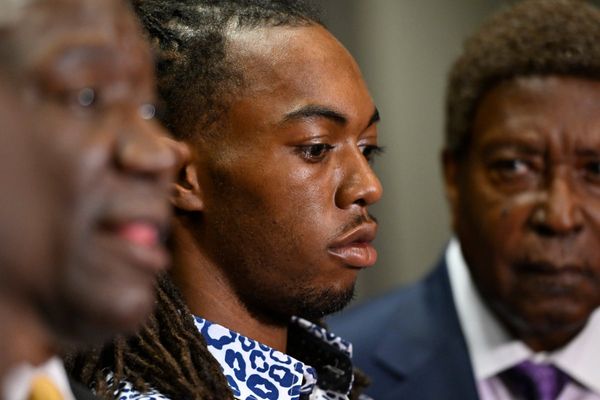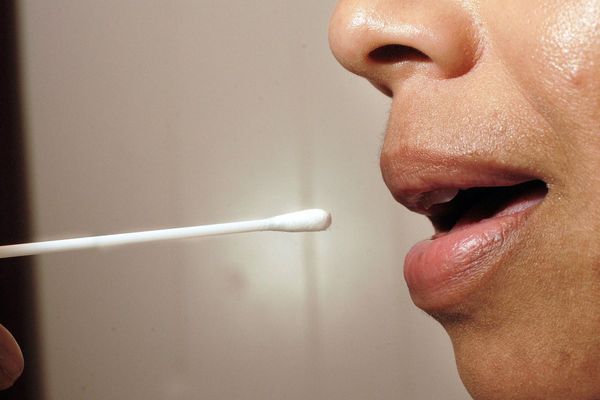If a bank goes gets hacked or for whatever reason folds, your are protected up to the value of £85,000.
That's under the Financial Services Compensation Scheme (FSCS), a safety net that no one paid a lot of attention to until the 2008 financial crisis, when centuries old institutions started disappearing.
The scheme pays out up to £85,000 a person, or £170,000 for joint accounts, but the catch is that limit applies to each bank, not each account.
This means it's vital to know if your bank is really owned by a different one, because - if it is - not only do you risk losing any money above the limit, but storing money somewhere else might not even help.
And many savers are out of the loop when it comes to who owns what, with seven-year-old M&S bank the prime example.
Marks & Spencer Bank is actually a subsidiary of HSBC, meaning its customers are effectively HSBC customers. HSBC, meanwhile, also owns First Direct - which means only £85,000 is safe between all three.
So what can you do to protect all of your cash? Well, you have several options.
Spread your money wisely

Protection offered by the FSCS is per institution not per account.
But to complicate matters further, it's also 'per banking licence' - which means a company can be co-owned by another, but still have a full savings guarantee.
For example while NatWest, Ulster Bank and Coutts are all RBS subsidiaries, all four operate under their own licences.
This means you can save up to £340,000 between them (max £85,000 each), without taking any risks.
However, the rules vary by lender. Last year, Clydesdale and Yorkshire Bank Group (CYBG) merged with Virgin Money to create the UK’s sixth-largest bank, with 6 million personal and small business customers, and total lending of £70billion.
All three now operate under one licence, so saving more than £85,000 between them would be a risky move in the event of a collapse.
It's complicated, but the simplest way to avoid any risk is by spreading your money wisely - see below for a list of who owns whom.
Who owns what bank?

The following banks only have one licence - but several sub-brands - meaning you are only protected once across them and their subsidiaries:
Barclays
-
Barclays
-
Standard Life
-
The Woolwich
Bank of Ireland UK
- Bank of Ireland UK
- AA
- Post Office
Clydesdale Bank PLC (CYBG)
- Clydesdale Bank
- Yorkshire Bank
- Virgin Money
Co-operative Bank
- Britannia Building Society
- Smile
- The Co-operative Bank
HBOS (Halifax Bank of Scotland)
-
Bank of Scotland
-
Birmingham Midshires
-
Halifax
-
Intelligent Finance
-
Saga
Lloyds Banking Group
- Lloyds Bank
Despite HBOS being owned by Lloyds Bank, both HBOS and Lloyds Banking Group continue to operate under separate banking licences.
HSBC
-
First direct
-
HSBC
-
M&S Bank
Santander UK
-
Cahoot
-
Santander
-
Asda Money
Coventry Building Society
- Coventry Building Society
- Stroud and Swindon Building Society
Nationwide Building Society
-
Cheshire Building Society
-
Derbyshire Building Society
-
Dunfermline Building Society
-
Nationwide Building Society
Skipton Building Society
- Chesham Building Society (renamed Skipton)
- Scarborough Building Society (renamed Skipton)
-
Skipton Building Society
Yorkshire Building Society
-
Barnsley Building Society
-
Chelsea Building Society
-
Norwich and Peterborough Building Society
-
Yorkshire Building Society
The banks that aren't owned by other lenders
The following banks each have their own licences:
-
Al Rayan Bank
-
Bank of Cyprus UK
-
Citibank
-
Coutts & Co
-
Gatehouse Bank
-
Monzo
-
NatWest
-
Revolut
-
Royal Bank of Scotland (RBS)
-
Sainsbury's Bank
-
Starling Bank
-
Tesco Bank
-
TSB
-
Ulster Bank
-
Coutts & Co
My bank is not listed - how can I check who owns it?

Many overseas banks have subsidiaries in the UK, but that doesn't necessarily mean they’re registered with the FCA - which may mean your protection limit varies.
If in doubt, enter your bank or building society into the FCA website to find out. The FCA runs the FSCS, and therefore has the most up to date list all year round.
The good news is - at least for the moment - there is a EU banking protection scheme guaranteeing the first €100,000 worth of savings in the event of collapse. So while your bank might not be covered by the FSCS, you may still have protection if it has an EU licence.
You can find out more about the European bank deposit guarantee scheme here .
So max £85,000 per person, per licenced institution?
Yes, but remember this includes interest too - so aim for around £83,000 where possible.
What about if I have more than £85,000 to save?
The only place where your savings are protected above the £85,000 limit is through National Savings & Investments (NS&I) because it is backed by the Government.
NS&I savings aren't covered by FSCS, it gets the full backing of the Treasury, meaning all your deposits are safe.
But there is an exception - because the FSCS recognises that sometimes life means you can't plan.
So, for example, if you're selling or buying a house, receive an insurance payout, compensation or inheritance that takes you over the £85,000 limit you're still covered.
The FSCS offers protection on up to £1million of savings for this sort of one-off event, which lasts for six months.
You will need to provide written evidence that your deposits qualify for this. You can find further information here .
What happens when a bank goes bust?
The FSCS aims to give you your money back within 15 days. In any event, it will be repaid automatically - so there's no need to claim.







